

Across neighborhoods in the United States, a new residential concept is reshaping how people think about space and community: backyard apartments. Also known as accessory dwelling units (ADUs), these compact living spaces are constructed in the backyard of a primary residence, offering independent accommodations complete with a kitchen, bathroom, and living area. Their rise has been driven by shifting housing needs, changing family dynamics, and a push for sustainable urban growth without major sprawl.
Backyard apartments are more than just guesthouses or temporary shelters. They are permanent, versatile additions designed to expand usable living space without consuming more land or sacrificing privacy for primary homeowners. In the United States, policy reforms, housing shortages, and creative urban planning tools have transformed ADUs into a sought-after solution for multigenerational living, rental income, and flexible lifestyle options.
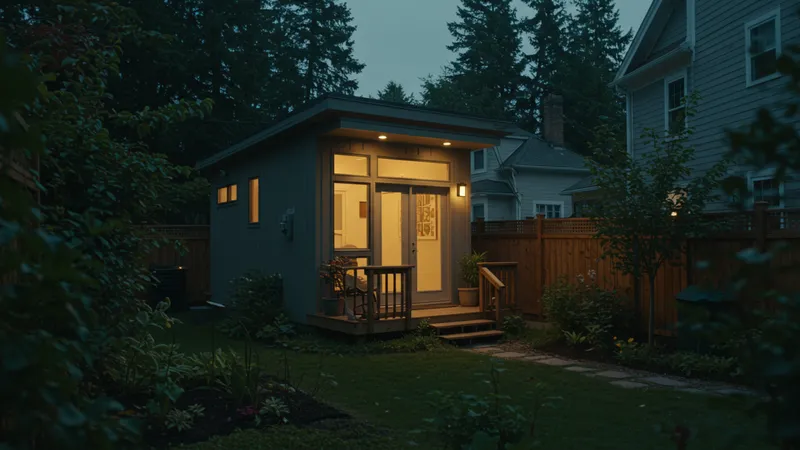
Many American cities now support backyard apartments through streamlined permitting and relaxed zoning laws. For example, California, Oregon, and Connecticut have enacted statewide policies to encourage ADU adoption, leading to thousands of new backyard apartments annually—each helping to ease tight housing markets without altering neighborhood character. These reforms often allow homeowners to legally add, rent, or use ADUs for relatives, making them more accessible to average families.
From a financial standpoint, backyard apartments present unique advantages. They may boost property value, offer long-term rental returns, or serve as effective housing for aging parents or adult children, reducing the need for external rentals or care arrangements. In some U.S. cities, average monthly rents for backyard apartments approach $1,500 to $2,500, representing substantial annual supplemental income for owners.
Design flexibility is another hallmark benefit. Companies like Cottage and DEN Outdoors offer a range of customizable floor plans to fit various lot sizes and architectural styles, while public programs—like the LA ADU Accelerator—offer guidance and funding to increase homeowner participation. This versatility ensures homeowners can select a solution that aligns with their property, goals, and community guidelines.
The environmental impact shouldn’t be overlooked. Since backyard apartments use existing land and infrastructure, they support denser, more efficient land use. This approach fosters walkable neighborhoods, encourages fewer car trips, and reduces per capita energy consumption—key priorities for U.S. cities seeking sustainable growth.
While these initial insights highlight the appeal of backyard apartments in the United States, the deeper details reveal even more valuable insights ahead—especially regarding local regulations, architectural features, and the evolving societal role of these innovative homes.
When considering the benefits of backyard apartments, design innovation plays a significant role. American homeowners now have access to an impressive array of layout options, ranging from minimalist studios to fully featured one- or two-bedroom homes. Companies such as DEN Outdoors provide modular solutions that can be tailored to the specific lot, taking into consideration sun exposure, privacy, and local architectural requirements. Customizable finishes, energy-efficient appliances, and integrated smart home technology are commonplace in today’s ADU market, maximizing both comfort and efficiency.
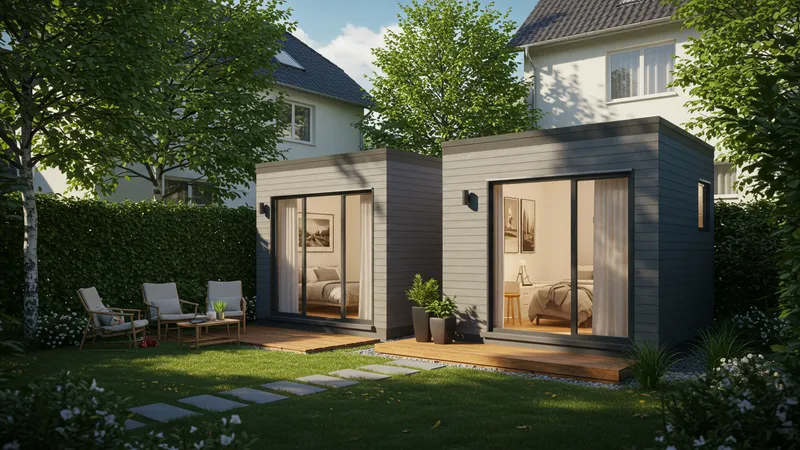
One appealing detail for many U.S. residents is the flexibility in design to match the main house or blend into the landscape. Services like Cottage focus on creating seamless transitions between new units and existing properties, offering exterior materials and color palettes that complement original buildings. This synergy maintains neighborhood charm while providing new functionality, which is especially important in historic or regulated districts.
Interior design is equally adaptable, catering to various uses including home offices, guest quarters, or fully independent rental units. Functional kitchens, space-saving furniture, and dedicated outdoor patios are popular features in backyard apartments. These choices help optimize small footprints while ensuring high-quality daily living for both long- and short-term residents.
As customization options expand, so do the possibilities for sustainable and accessible features. Incorporating solar panels, low-flow fixtures, universal design elements, and eco-friendly construction materials has become a common trend. By focusing on both form and function, homeowners can create backyard apartments that are not only visually appealing but also enhance quality of life for future occupants.
Local zoning and permitting regulations are critical factors shaping the spread of backyard apartments across the United States. In recent years, municipalities—particularly in states like California and Connecticut—have updated building codes to encourage ADU construction. This often includes reduced minimum lot sizes, relaxed parking requirements, and streamlined permitting processes. These changes lower barriers for homeowners interested in adding backyard apartments, making these projects more accessible and affordable.
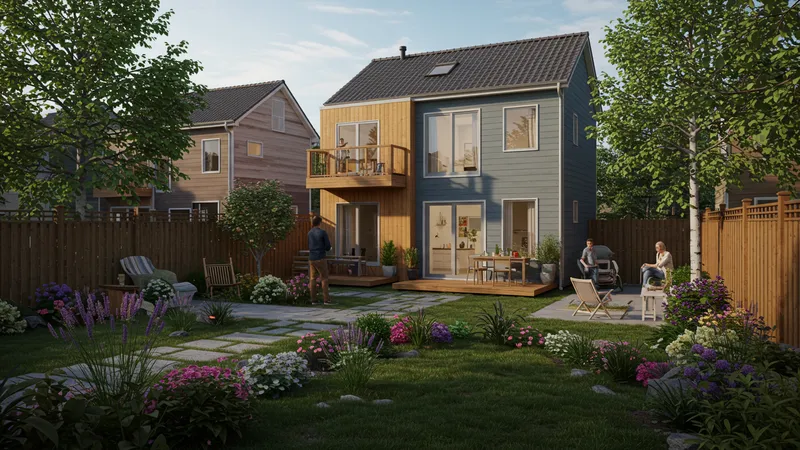
Public policy can significantly influence the acceleration of backyard apartment adoption. The LA ADU Accelerator Program, for example, provides education, technical support, and incentives for homeowners, with a particular focus on affordable housing and serving vulnerable populations. By reducing red tape and offering financial assistance, such programs ensure a wider cross-section of Americans can participate in this growing housing trend.
Some cities employ fast-track permitting or even pre-approved architectural plans to save time and costs. These efforts help address housing shortages while ensuring that new backyard apartments meet safety and design standards. Data from Portland, Oregon, shows that well-supported ADU programs can generate hundreds of new backyard apartments annually, each offering flexible living or rental options for urban dwellers.
Despite progress, some communities and neighborhoods have additional restrictions—including height limits, setback requirements, and occupancy rules—designed to balance growth with neighborhood character. Residents interested in backyard apartments should investigate local codes and public resources to ensure full compliance before starting construction. This diligence helps guarantee the long-term value and success of their ADU project.
The financial advantages of backyard apartments are increasingly recognized in the United States, particularly in high-demand urban markets. Homeowners often utilize these secondary units as long-term rentals or short-term accommodations, creating new income streams without leaving their property. With average rents for backyard apartments in metropolitan areas ranging from $1,500 to $2,500 per month, many property owners see significant annual returns that can offset the original investment or supplement household budgets.
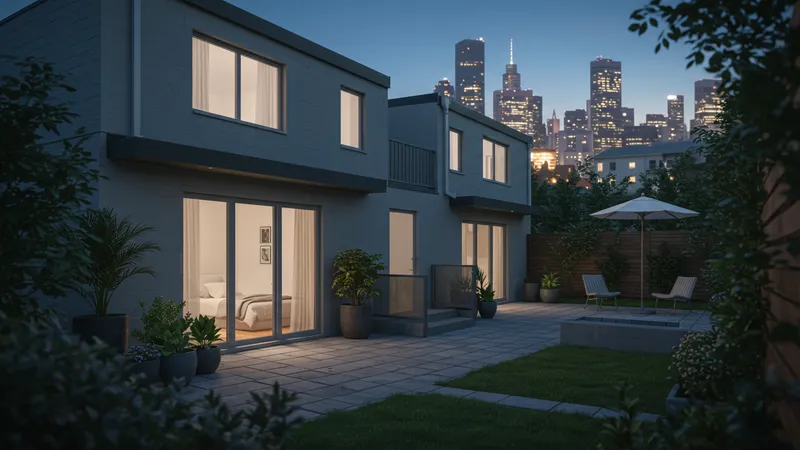
ADUs can also serve as a tool for wealth building by boosting overall property value. In cities with housing shortages and rising real estate prices, adding a legal, well-designed backyard apartment can increase both resale and appraisal values. Some lenders now offer ADU-specific mortgage products, recognizing the financial upside and growing demand among homeowners who pursue this type of property improvement.
Public programs like the LA ADU Accelerator often provide resources and incentives that help lower upfront costs, further increasing the affordability and appeal of backyard apartments. These incentives may include permitting fee waivers, pre-approved designs, or funding assistance for eligible households, allowing more diverse groups of Americans to access ADU benefits.
However, homeowners should carefully assess potential rental markets, operating costs, and local landlord-tenant regulations before launching into ADU rentals. Insurance, maintenance, and tax obligations can vary widely by jurisdiction, and understanding these factors is key to maximizing economic return while ensuring compliance and positive tenant relationships.
The broader societal implications of backyard apartments go beyond the immediate family or owner. As more Americans adopt this housing model, neighborhoods experience a subtle increase in population density—enough to support walkable communities, vibrant local economies, and public services, without the disruptions caused by large-scale apartment buildings. This gentle densification is a vital strategy for cities seeking to welcome more residents while retaining historic character and livability.
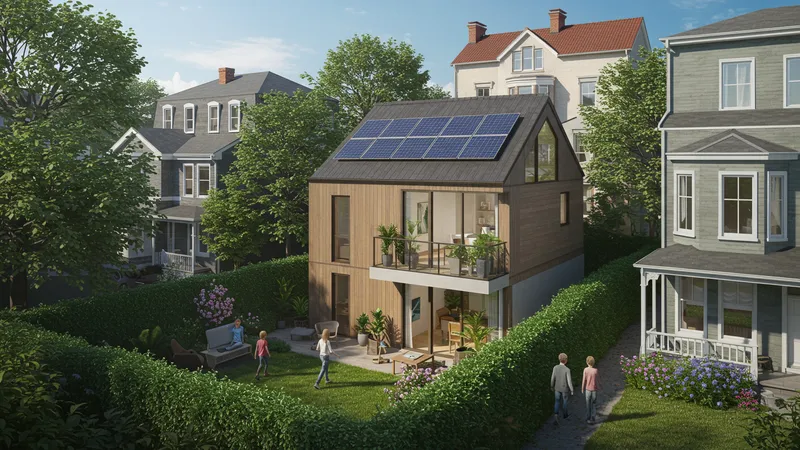
On the environmental front, backyard apartments are being recognized as part of the sustainable urban landscape. Since they utilize existing lots and infrastructure, they minimize resource consumption compared to new builds on undeveloped land. Many backyard apartments also incorporate energy-efficient construction and high-performance building systems, reducing energy demand and supporting municipal climate goals across the United States.
Family and community relationships often benefit as well. Backyard apartments make multigenerational living arrangements practical, allowing aging parents, college-age children, or extended family members to live independently yet stay close to loved ones. At the same time, ADUs can provide stable rental housing for young professionals, teachers, and service workers seeking affordable, high-quality homes in desirable neighborhoods.
Looking ahead, the rise of backyard apartments signals a more adaptable, inclusive housing future for the United States. As more cities embrace ADU-friendly policies and creative design solutions, homeowners and residents stand to benefit from increased options, stronger communities, and more resilient neighborhoods—fulfilling diverse housing needs for years to come.